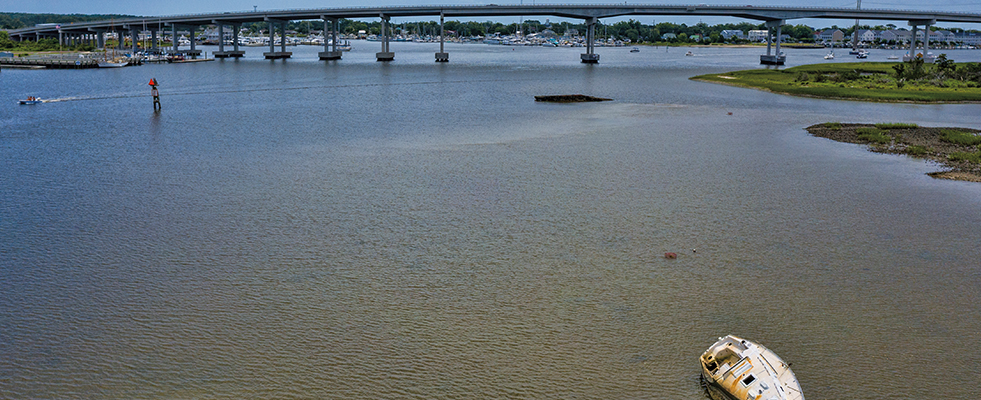Memorial Day 2020 and Carteret County was as mobbed by tourists as Liz DeMattia has ever seen it.
It was the eleventh week of North Carolina’s COVID-19 quarantine, and while the official line out of Raleigh was of measured, phased reopening, on Carteret County’s Crystal Coast, tourists brought a sense of “We don’t need to wear masks! We’re at the beach! We’re on vacation,” DeMattia says. The population swelled to twice or even thrice its usual, the influx of mask-less tourists elevating infection risk, sure, but that was not their only impact.






